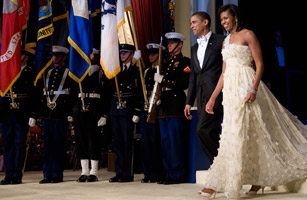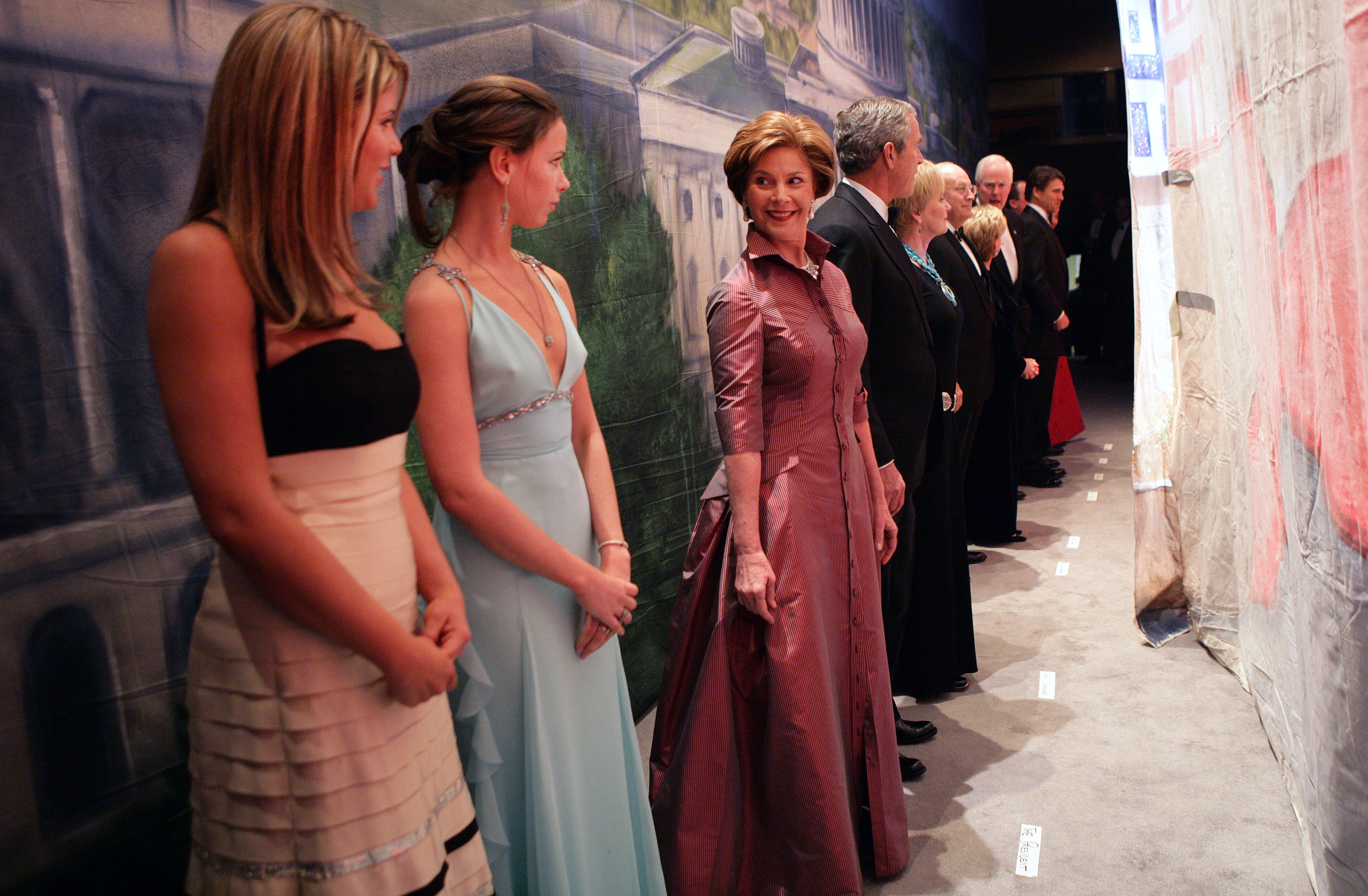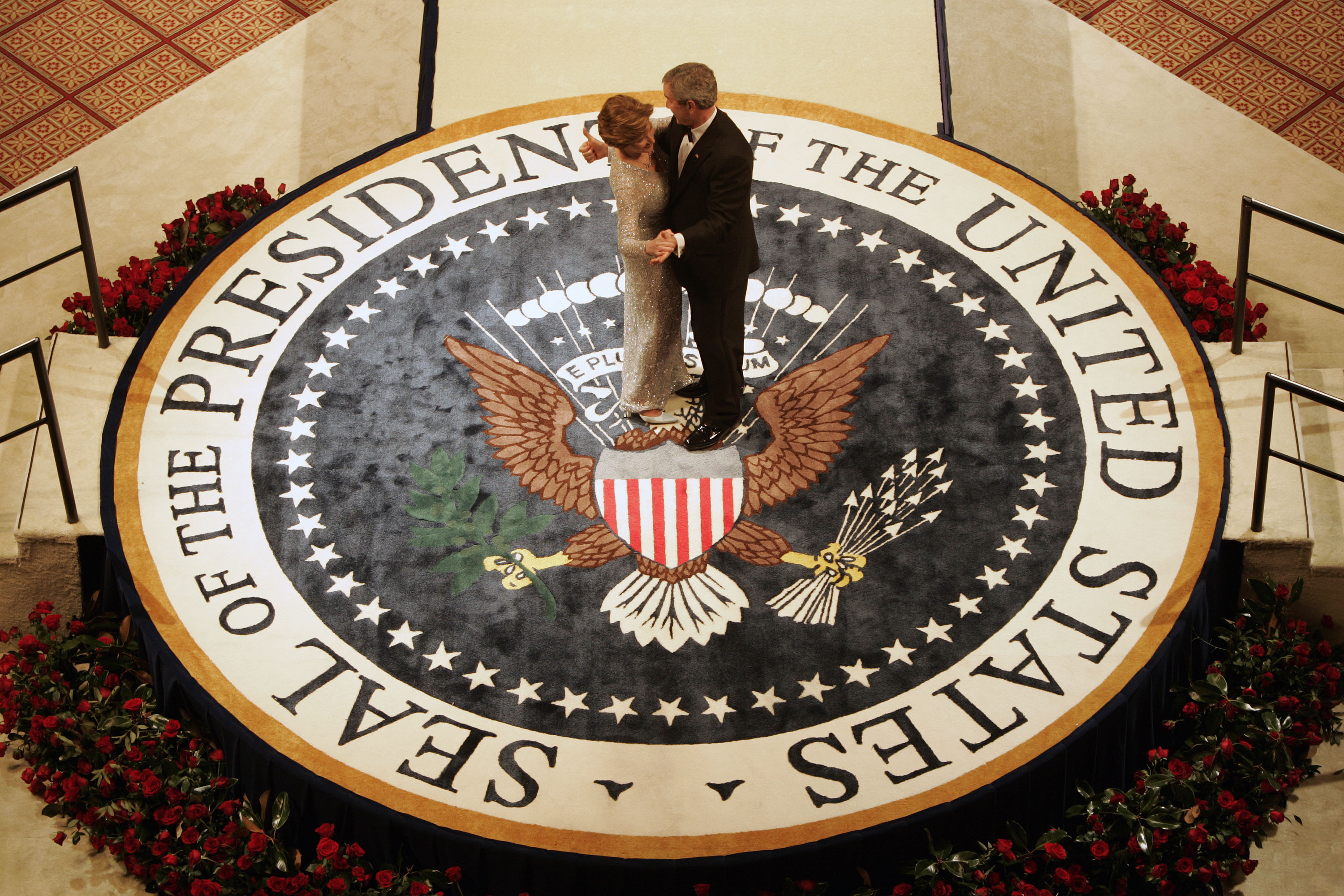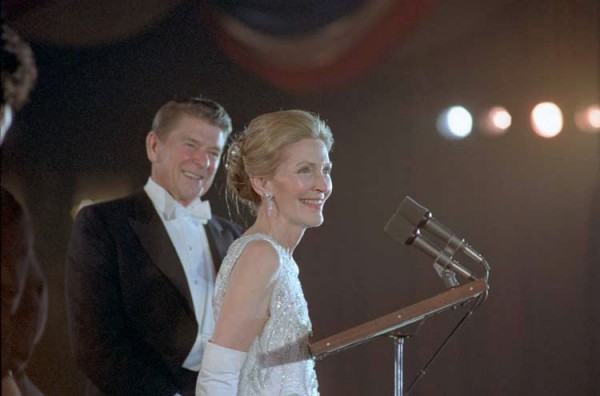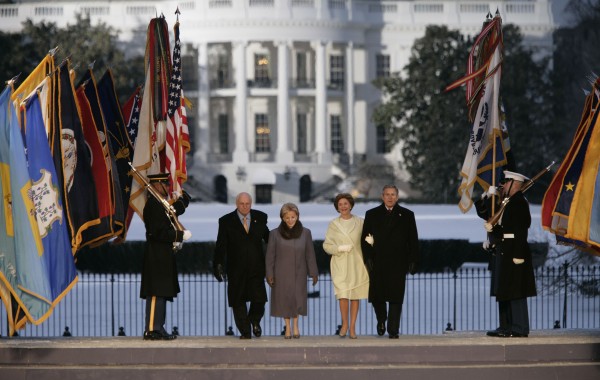
As Americans are about to watch the Fifty-Eighth Inauguration take place next Friday when President-Elect Donald Trump takes the oath of office, we think about traditions and all of the fanfare that will take place. The only inaugural element mandated by the United States Constitution is that the president makes an oath or affirmation before that person can “enter on the Execution of his Office” for the office of the presidency. However, over the years, various traditions have arisen that expanded the inauguration from a simple oath-taking ceremony to a multiple day event that including parades, speeches, and balls.
Morning Worship Service
George Washington attended a service at St. Paul’s Chapel in New York City immediately following his swearing-in ceremony. Although attendance at church on Inauguration day did not set a precedent, religion still played a role in subsequent swearing-in ceremonies, as almost all Presidents since George Washington have placed their hand on a Bible when taking the oath of office. President-elect Franklin D. Roosevelt attended a church service at St. John’s Episcopal Church, next to the White House, in 1933 and all successive presidents have attended some sort of worship service before the swearing-in ceremony ever since.
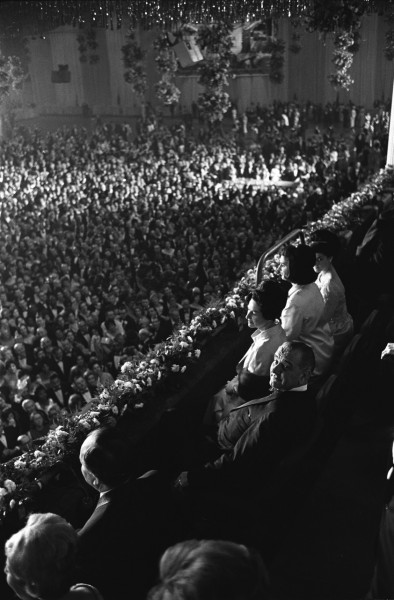
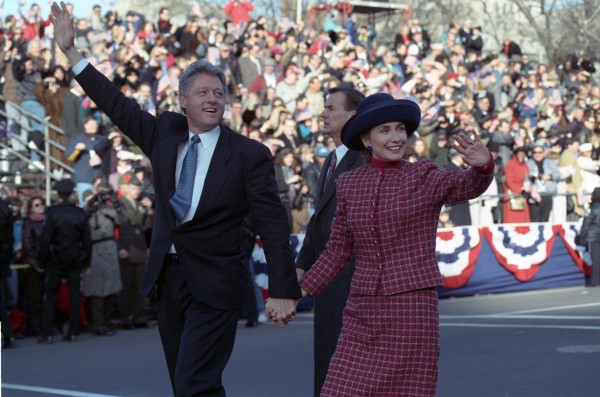
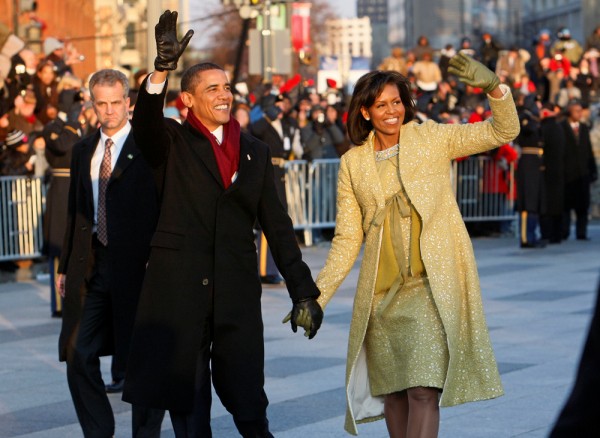
Procession
President Andrew Jackson and President-elect Martin Van Buren rode together to the Capitol on Inauguration day in 1837 in the same carriage. Most Presidents and Presidents-elect have continued this tradition of traveling together to the swearing-in ceremony. In today’s time, the President-elect will first arrive at the White House for a short meeting before they travel to the White House together.
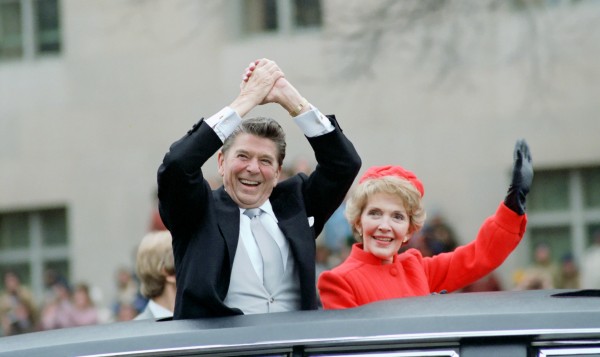
Location of Swearing-In Ceremonies
Although the president’s swearing-in has taken place at more than 10 locations in Washington, D.C. (as well as two other cities), today’s traditional location is the West front of the U.S. Capitol.
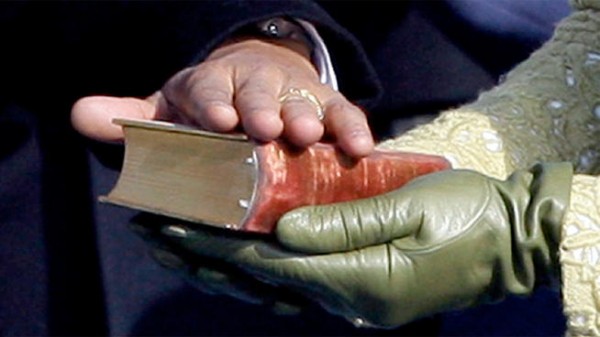
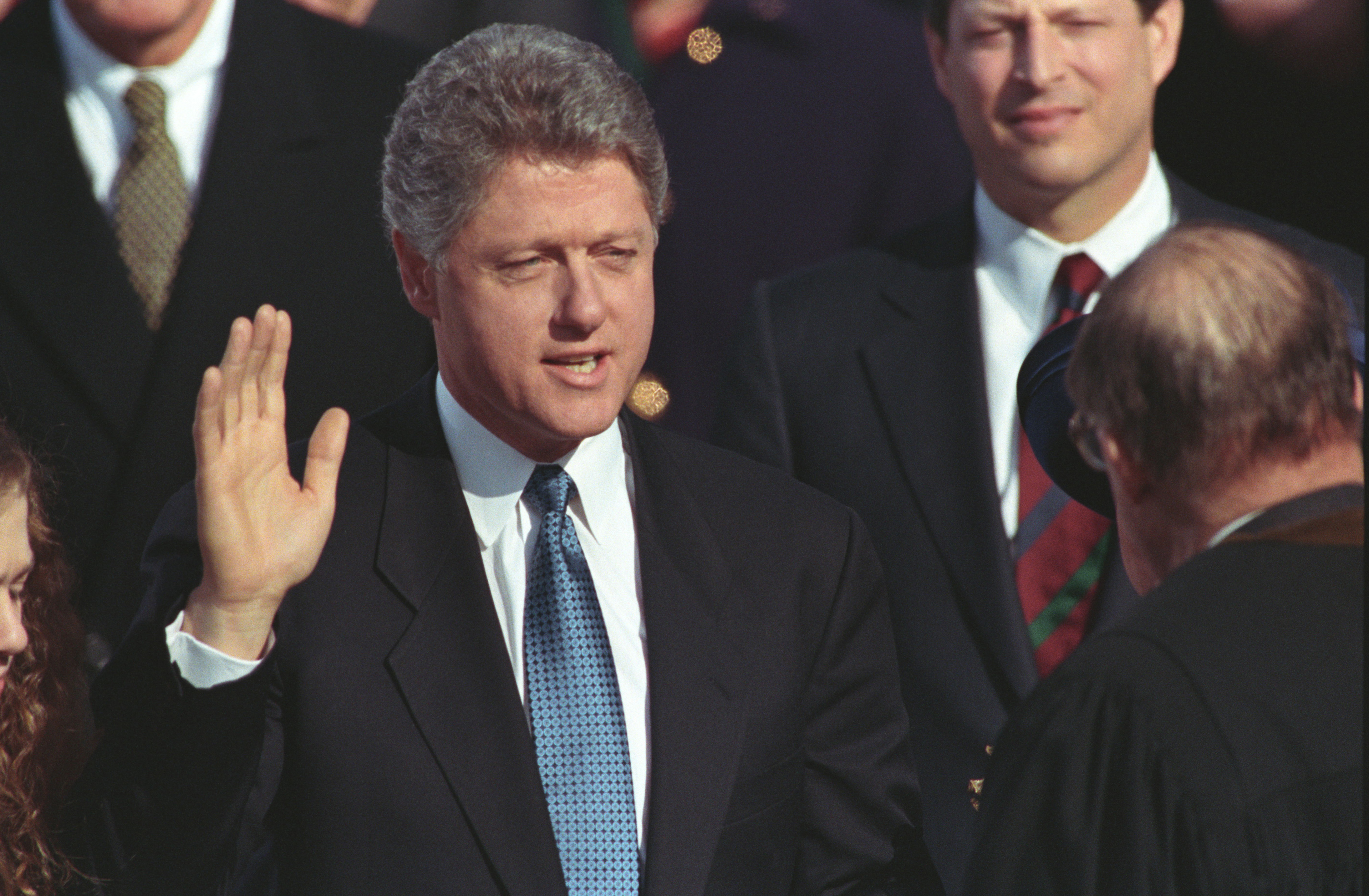
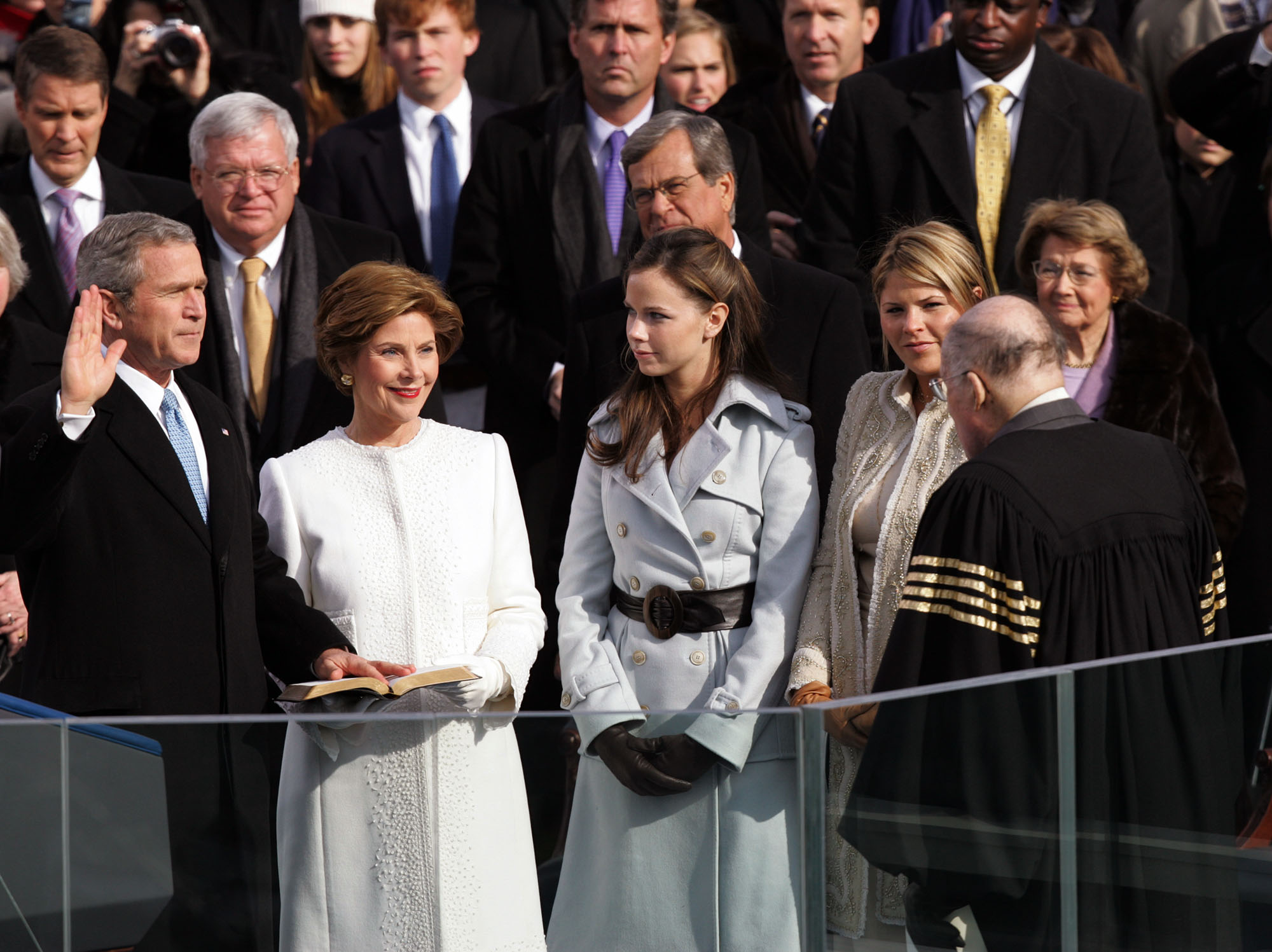
Departure of the Outgoing President, Transfer of Power
There is not any formal tradition or custom for the outgoing President and First Lady to leave the Capitol in order to begin their post-presidential lives and, traditionally, the President’s departure takes place with little ceremony. One of the hardest things for the outgoing first family to do is say good-bye to the White House Executive Residence Staff, which takes place in the White House State Dining Room prior to the incoming First Family’s arrival.
Inaugural Luncheon
Following the newly elected President’s swearing-in ceremony, he will be escorted to Statuary Hall in the U.S. Capitol for the traditional Inaugural luncheon. This is hosted by the Joint Congressional Committee on Inaugural Ceremonies and includes speeches, toasts and gift presentations for the new administration. Often food reflecting the President’s home state will be served. While this tradition dates as far back as 1897, it did not begin in its current form until 1953. (President Jimmy Carter requested that the traditional Inaugural luncheon be cancelled.)
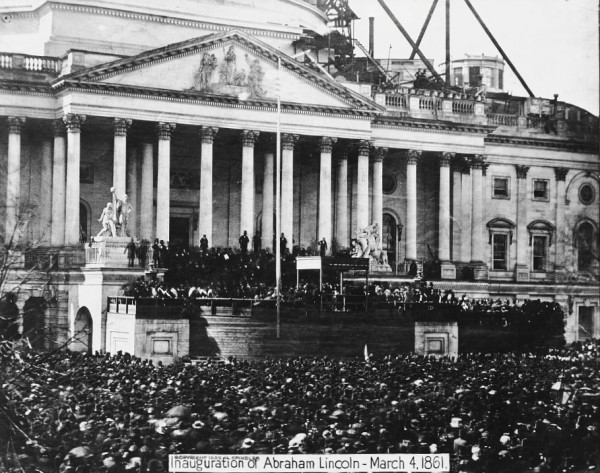
Inaugural Parade
The inaugural parade follows the swearing-in ceremony and luncheon and its origins date back to our country’s very first Inauguration, when President George Washington took the oath of office in New York City. As he began his journey from Mount Vernon to New York, local militias joined his procession as it passed through towns along the way. Once he arrived, members of the Continental Army, government officials, members of Congress and prominent citizens escorted Washington to Federal Hall for his swearing-in ceremony. Since Thomas Jefferson’s second inaugural in 1805, it has become tradition for the president to parade down Pennsylvania Avenue from the Capitol to the White House. The only president who did not parade down Pennsylvania Avenue was President Ronald Reagan during his second inauguration in 1985, and this was due to freezing cold temperatures. Today, the parade is organized by the Joint Task Force – National Capitol Region, and participants are selected by the Presidential Inaugural Committee.
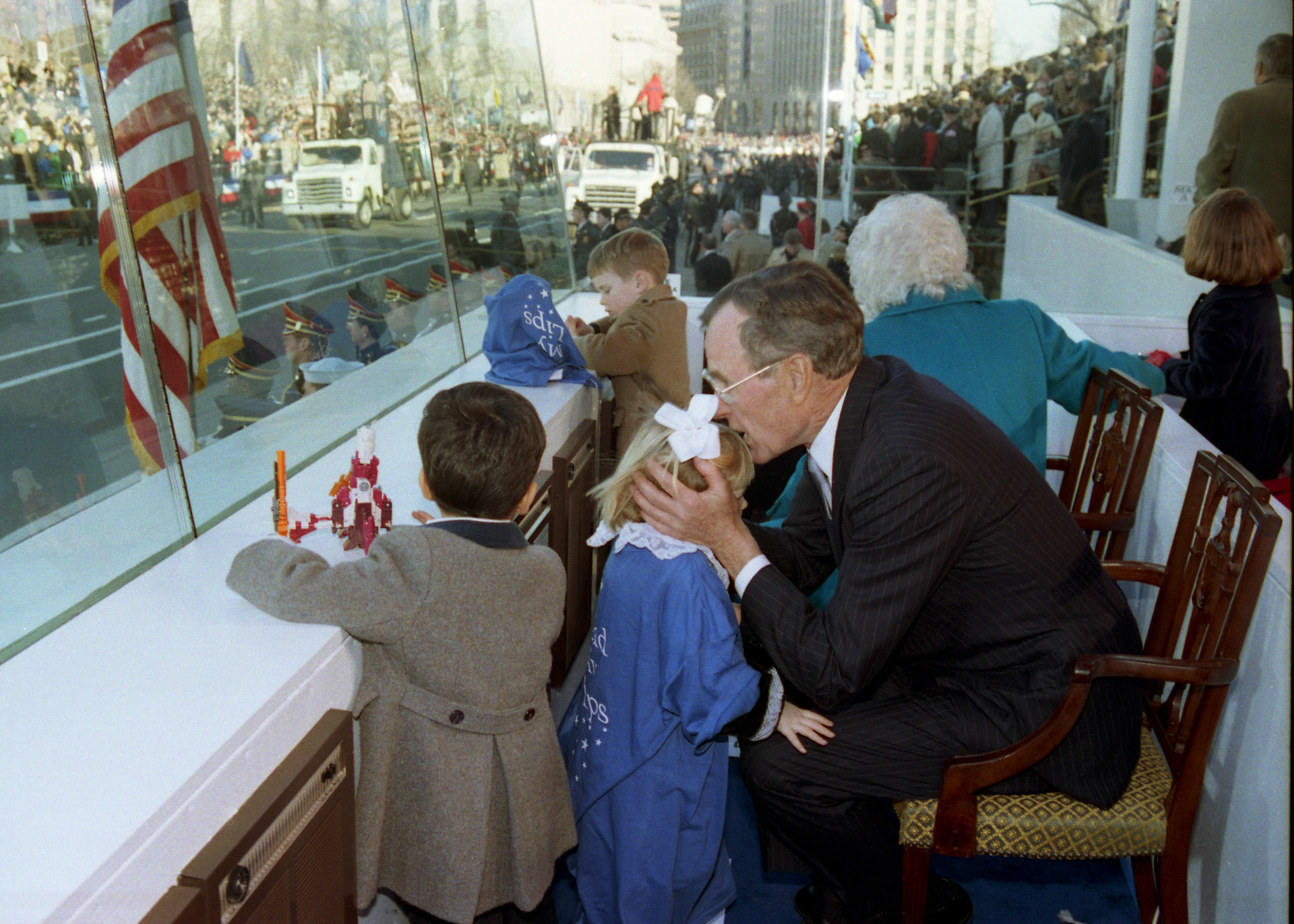
Inaugural Ball
It was not until 1809, after the Inauguration of James Madison, that the tradition of the Inaugural ball began. First Lady Dolly Madison hosted the gala at a Hotel, where four hundred tickets sold for $4 each. (Sponsors did hold a ball to honor George Washington one week after his Inauguration in New York City, but it wasn’t until 1809 that it became a tradition.) Today’s presidential inaugural balls are large social gatherings held to celebrate the commencement of a new term of a presidency. Official inaugural balls occur throughout the evening of Inaugural Day. The President, First Lady, Vice President and his spouse all make personal appearances at each of the balls. The Clintons hold the record of the most Inaugural Balls, holding 14 on their second Inaugural.
